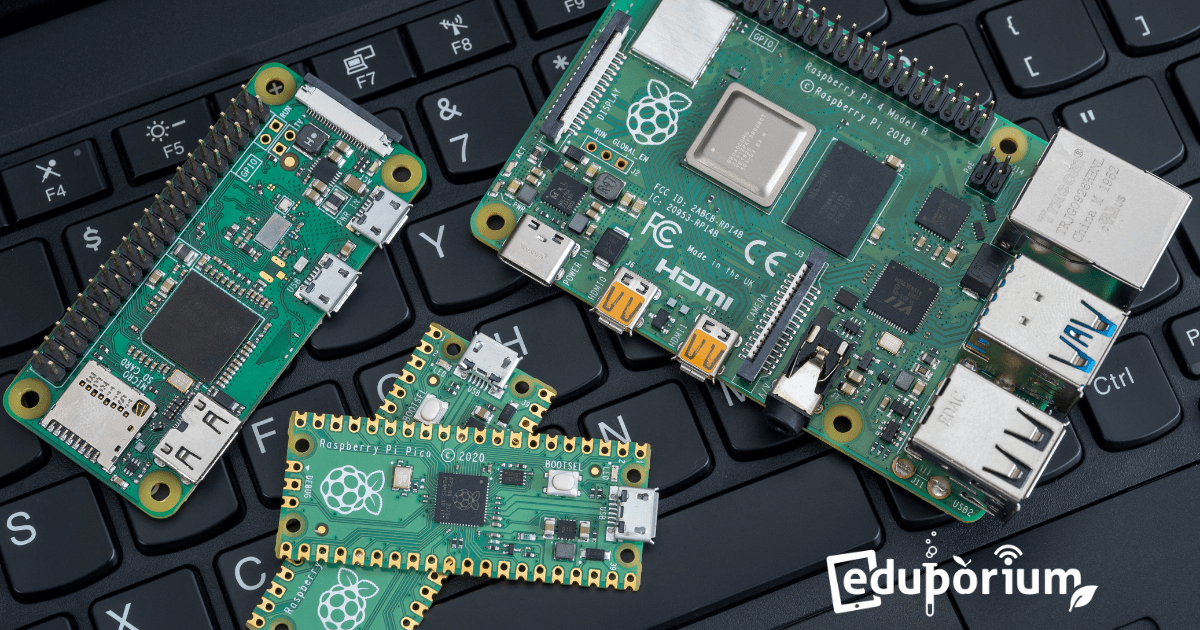I was having one heck of a day. I had just gotten done with my basketball practice at my college, I had been up late the previous night with one of my college assignments, I had barely eaten all day, and I was over at the office at 8pm on a Friday night. Safe to say I was pretty exhausted, both mentally and physically, from the whole week. While in the office and doing some research I overheard two of my co-workers discussing raspberry pie. Two things happened next, and I can’t remember which came first. One, my stomach growled loud enough for my family to hear it back in California; and two, I jumped from behind my desk and asked where the pie was, and who had the whipped cream.
Both looked at me and started bursting out with laughter. I laughed along politely and then as my stomach growled again, I asked what was so funny. What came next both deeply disappointed and intrigued me. My colleague reached onto the shelf and presented me with what looked like a memory chip about the size of a saltine cracker. “This little thing is the Raspberry Pi and it’s a computer.” My degree of fascination outweighed the heart-wrenching truth that there was not a juicy piece of raspberry pie with whipped cream sitting right in my hand. So as I fought my hunger, I looked deeper into this intriguing piece of technology.
Initially, in 2006 when this neat contraption was first being drawn up, Eben Upton, a trustee of the Raspberry Pi foundation, wanted to bring academics and professors alike to help come up with an idea that would inspire the minds of the young children they were trying to reach. His mission was to create a low cost, effective way for kids to gain access to computers and further their education. These were uncharted waters that Upton was swimming in, and when he wanted to finally announce the release and start producing these bite sized pieces of technology, he wanted to make sure that everything was done the right way. He wanted to make sure that the first batch of 10,000 devices were fully equipped with Ethernet, and USB and HDMI capability. Since the first shipment of 10,000, Raspberry Pi has been on the rise. Once this dream of expansion became a reality for the Raspberry Pi foundation, they opened the “Pi Store,” a store for all your Raspberry Pi wants and needs, and have since sold their 2.5 millionth model.
From an operational standpoint, Raspberry Pi uses a Broadcom SoC chip, which can be pretty closely compared to an operating system of your every day Android or IPhone. It operates on a 700 megahertz system by default, equivalent to a 1999 full computer hard drive or the operating system of the first version of Microsoft’s Xbox. A couple tweaks, and the inclusion of a Raspbian Linux Distro, an additional operating system that functions in coexistence with the normal system, provides an additional 200-300 Megahertz boost in operating speed. The different models of this intriguing piece of technology range from $25-35, making this new development cost effective for kids of all economic backgrounds.
There are few things in this world more interesting and satisfying than a luscious slice of raspberry pie (in my humble opinion). The gratification, the fulfillment, and nourishment that it gives you come second to none in this world. But a close runner-up would have to be this intriguing piece of technology that conveniently has almost exactly the same name—Raspberry Pi. It’s efficient, it's cost-effective, and geared towards educating and aiding our youth. And there is no law that says you can’t enjoy both at the same time. So take the time both visit your local bakery and to visit our store to brighten your day and the day of the people around you.
Photo Credits: Raspberry Pi Foundation



